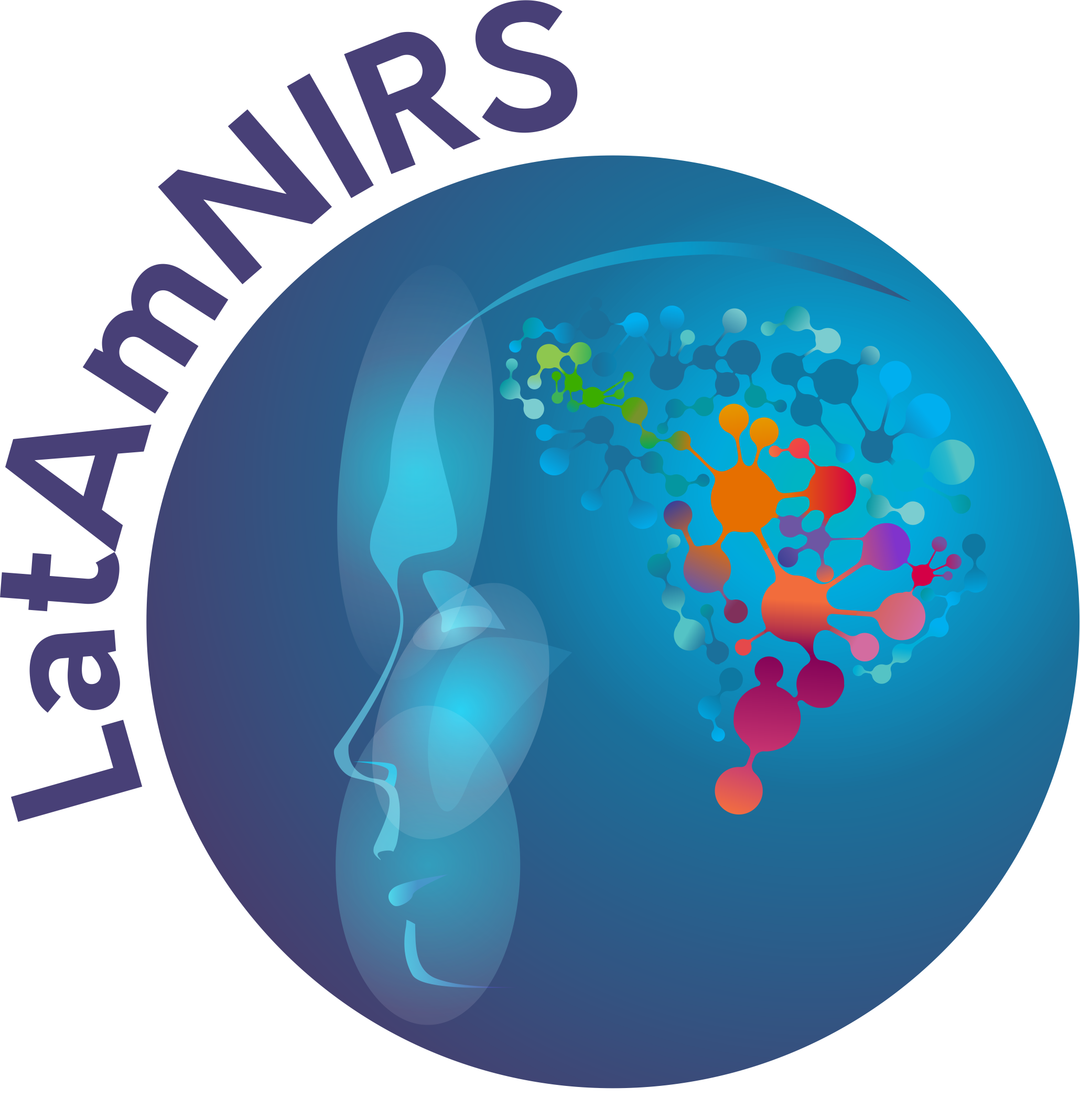Source-detector separation
Definition: Source-detector separation (SDS) refers to the physical distance between each fNIRS source-detector pair of optodes. It determines the signal-to-noise ratio (SNR), the number of measurable photons, depth sensitivity to the change in hemoglobin, the allowed amount of sources/detectors/channels, and the size of covered regions. Depending on the population being studied (e.g., adults vs. infants) and the purpose of the channels (e.g., measuring oxygenated hemoglobin in the brain vs. removing the confounding effects of superficial tissue physiology), the optimal SDS will vary. In a reflection geometry, larger SDS increases depth sensitivity (i.e., to deep regions further from the surface), at the cost of reduced total detected intensity.
Alternative definition: The inter-optode distance is the spatial distance between a source and a detector. In circular geometries it is defined as the length of the chord between the optodes.
Synonym: Source-detector separation range, Source-detector separation, inter-optode distance
References: https://doi.org/10.1117/1.NPh.2.2.025005https://doi.org/10.1111/cpf.12156
https://doi.org/10.1117/1.JBO.21.9.091307
Related terms: short-channel separation, source-detector pair
